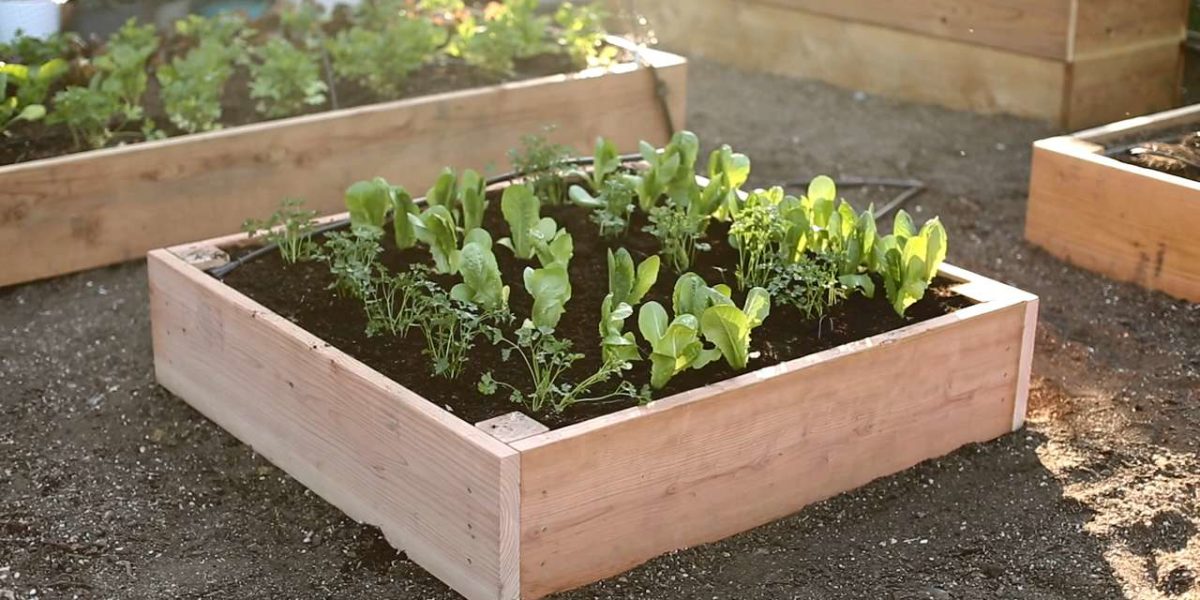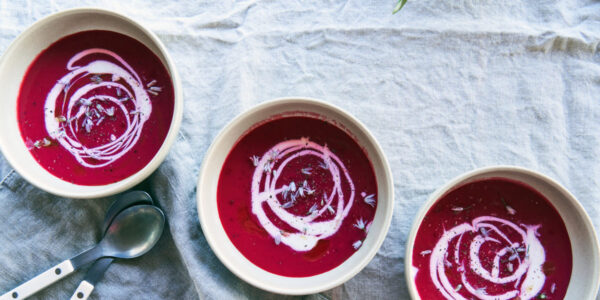
Acid or alkaline soil: Modifying pH

The pH scale indicates acidity or alkalinity. A soil with a pH number below 7 is acid, while one with a pH above 7 is alkaline. Garden plants typically grow best in neutral or slightly acid soil (pH 7 or slightly below; see illustration at left). Most won’t thrive in highly acid or highly alkaline soil, though a few have adapted to such extremes. In general, some nutrients cannot be efficiently absorbed by plant roots if soil pH is too high. If it is too low, on the other hand, nutrients may be taken up too efficiently: the excess cannot be processed fast enough and overloads a plant’s system, causing it to languish and die.
Local climate gives you a clue to the likely soil pH. In high-rainfall areas, soils are often acid. It’s in these regions that you tend to find acid-loving plants like azaleas, rhododendrons, camellias, and blueberries. Alkaline soils, in contrast, are typically found in low-rainfall areas. Many of the plants popular for waterwise gardens–sorts that need little water once they are established–do well in soil on the alkaline side. The olive, native to the Mediterranean basin, is one example of a plant that thrives in alkaline soil; oleander (Nerium oleander) and pomegranate also perform well.
If you’re not sure about your soil’s pH, you can test it yourself with one of the inexpensive test kits sold at most garden centers. Such kits can be relied on to tell you whether your soil is basically alkaline, acid, or neutral. If you suspect that your soil is highly alkaline or acid–or if a do-it-yourself kit so indicates–you may want to confirm the diagnosis with a professional soil test. Such tests are analyzed by laboratories; along with the results, you’ll normally receive recommendations for correcting the pH of the soil tested.
Lime, available in either ground or powdered form, is often suggested to raise pH. Ground limestone is the slightly less potent of the two and raises pH more slowly. The amount needed depends on the soil texture (more is needed for clay than for sandy soil, for example) and other factors. Wood ashes and oyster shell also make acid soil more neutral.
To lower pH, common sulfur is the least expensive choice, though ferrous sulfate and aluminum sulfate are sometimes recommended instead. Ferrous sulfate, which also adds iron to the soil, is of the most help to plants that show yellow leaves as well as overall poor health. You’ll also lower the pH of alkaline soil over time by regularly applying organic amendments such as compost and manure.
